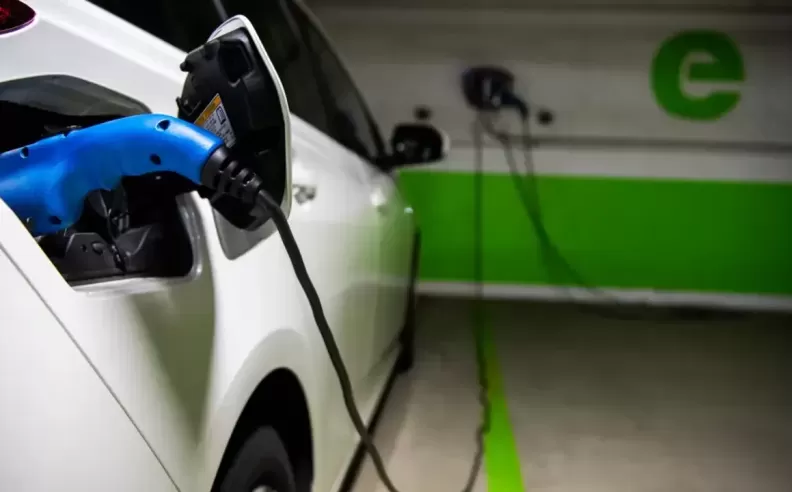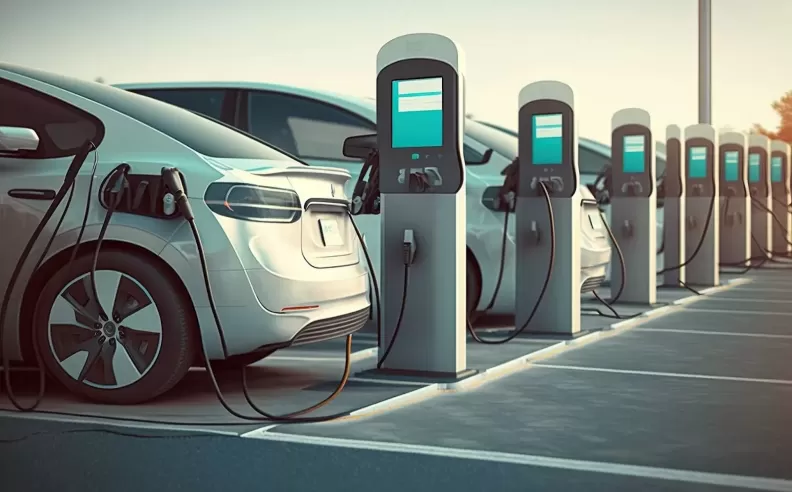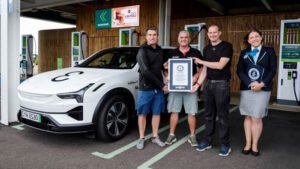As the electric vehicle (EV) industry gains momentum, charging has become a crucial topic of discussion among EV owners. The choice between fast charging and slow charging is an important consideration, as it impacts an EV’s convenience, battery health, and overall cost. Understanding the differences between these two charging methods helps EV owners make informed decisions about their charging needs and habits.
Fast Charging

Fast charging, also known as DC (Direct Current) fast charging, is designed to quickly replenish an EV’s battery. These chargers deliver power at high rates, often exceeding 100 kW, with some stations offering up to 350 kW or more. This rapid charging capability is ideal for drivers who need a quick boost, making long-distance travel more practical.
Advantages of Fast Charging
- Time Efficiency: Fast charging significantly reduces charging times, making it ideal for long trips or busy schedules.
- Road Trip Friendly: Fast charging networks along highways make long-distance travel in EVs more feasible.
- Convenience: Quickly charge your EV during errands or breaks without a major time commitment.
Disadvantages of Fast Charging
- Infrastructure Limitations: Fast charging stations are less common than slower chargers, impacting accessibility in some regions.
- Battery Wear: Rapid charging can lead to increased battery degradation, reducing the lifespan of the battery over time.
- Higher Cost: Due to the expensive infrastructure, fast charging can cost more for users compared to slow charging.
Explore more on electric and hybrid vehicle charging infrastructure in this hybrid cars section, where you can find insights into various charging strategies and setups.
Slow Charging

Slow charging, commonly done with Level 1 or Level 2 chargers, operates at lower power outputs than fast charging. Level 1 chargers use standard 120V household outlets, while Level 2 chargers rely on 240V outlets, typically used for home charging. While slow charging takes longer, it can be a cost-effective option for everyday use.
Advantages of Slow Charging
- Cost-Efficiency: Slow chargers are cheaper to install and maintain, making them ideal for residential use.
- Battery Health: Slow charging rates are gentler on EV batteries, potentially extending their lifespan.
- Home Convenience: Level 2 chargers are suitable for overnight home charging, allowing you to start each day with a full charge.
Disadvantages of Slow Charging
- Time-Consuming: Slow charging is impractical for long trips or those with limited time during the day.
- Limited Range: Smaller batteries might not get enough charge overnight for longer distances.
- Less Public Infrastructure: Public Level 2 charging stations are still less common than fast chargers, impacting accessibility.
The choice between fast charging and slow charging depends on your EV usage patterns, daily needs, and budget. Fast charging is ideal for quick top-ups and road trips, while slow charging is more suitable for home use and promoting battery health. Both have their place in the EV ecosystem, providing flexibility for different situations.
For more information on electric vehicle technology and trends, check out resources like InsideEVs and Electrek, where you can stay updated on the latest developments in EV charging and more.





